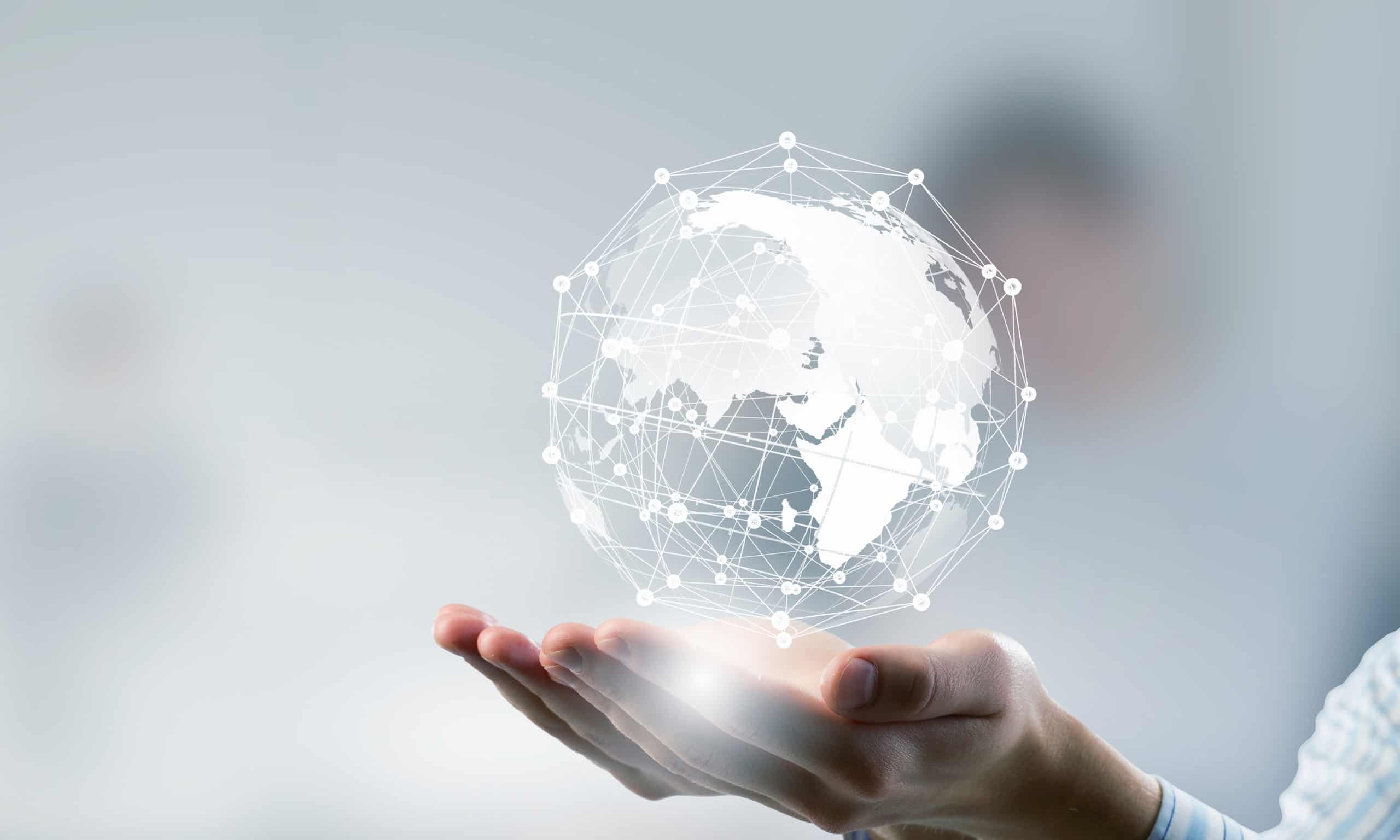Connectivity, in today’s world, is more than just connecting people. It’s also about connecting devices, systems, and much more aspects of our daily lives through the internet. Essentially, the only shared culture among people all over the world is the internet culture. Not to mention, the only indisputably lucrative money-making means is the internet.
As the demand for more connected devices and systems is booming, the giant connected world is growing rapidly. Due to the emergence and advancement of the internet of things (IoT), existing and new devices are being integrated into numerous applications. In addition, due to the enhancement in the speed of the internet, more and more people are being part of the connected world. With these capabilities, it’s not hard to imagine what the future looks like.
The Mission to Connect the World
Several tech companies have been advocating for more global connectivity. It is even part of their mission to connect the world through onboarding more individuals and integrating more devices over the internet. As the internet is getting more widely accessible and affordable, the mission appears to be heading on its intended track.
Tech giants are committed to realizing unlimited connectivity with collaborative efforts. For instance, the networking and communication company Ericsson announced, “Our vision for 2030 is ambitious – to create a world where limitless connectivity improves lives, redefines business, and pioneers a sustainable future.” The company also made sure that this is something that can be achieved with the joined partnership of multi-sectoral industries.
Similarly, Facebook had a mission “to give people the power to build community and bring the world closer together.” After Facebook renovated itself as Meta in 2021, once again it came up with a similar mission. Meta has a mission “to give people the power to share and make the world more open and connected.”
The Fast Pace of Realizing a Fully Connected World
The fast-growing connectivity of digital devices and the accessibility of higher bandwidth is playing a vital role in steering the idea of a fully connected world at a full speed. Several reports were able to identify that the connected world kept expanding faster since the COVID-19 pandemic. According to the report entitled Digital 2022: Global Overview Report by DATAREPORTAL, in 2022 67.1 percent of the world’s population uses a mobile phone, 62.5 percent of the world’s population uses the internet, and 58.4 percent of the world’s total population uses social media.
If such rapid growth in the connected world keeps on broadening its horizons and incorporating ‘unconnected’ scopes, it would be inevitable to stop it from happening. Many reports are expecting that the level of connectivity we are witnessing today will be more than double in just a few years. For instance, according to the World Bank’s Global Connectivity Outlook to 2030 report, digital technology will form the backbone of connectivity in the world in 2030. By then, the number of digital devices on the planet could be three times that of people, with Asia-Pacific, the Middle East, and Africa accounting for 60 percent of mobile traffic.
Tackling Barriers to Realizing a Fully Connected World
Even though tech companies are on a mission to create a connected world, there are still skeptics about their mission. A significant number of scholars argue that this is entirely in the best interest of making tech giants collect more wealth. Well, this critique has great gravity, especially since tech companies are more focused on commercializing the opportunity of having more people connect to their platforms.
Therefore, it has become extremely essential to make mandatory protocols for tech companies and developers to make sure that users get protected during onboarding and installation procedures. Strong device and personal identification procedures should be enabled through enhanced security measures.
A connected world doesn’t just involve connecting people and gadgets. It also involves connecting more aspects of our lives. Be that as it may, being connected has created a sense of lack of trust towards tech companies since people are objectified as a means of commercializing tools. Well, this may serve well for businesses for a while but in the long run, people would eventually recognize they are being used. Hence, guaranteeing the world with the utmost confidentiality and integrity is the only way to accelerate the drift toward a fully connected world.
Another issue that is sabotaging the realization of a fully connected world is internet shutdowns. In May 2022, The Human Rights Council of the United Nations (UN) recently released a report that urges governments not to impose internet shutdowns. The report included a study that revealed shutdowns in 46 countries between 2019 and 2021 had led to losses amounting to $20.54 billion. Besides the economic losses the UN report also brought up the consequences of internet shutdowns that cause drastic disruptions of communications services which negatively impact economic, social, and cultural rights, with immediate and long-term repercussions.
The UN report declared that “shutdowns are powerful markers of deteriorating human rights situations”. The UN also set up a roadmap “to ensure that every person has safe and affordable access to the internet by 2030, including meaningful use of digitally enabled services, in line with the Sustainable Development Goals.”
Photo: Sergey Nivens/Shutterstock
You might also like:
Digital Business Models: Guaranteeing the Existence of Businesses
Support us!
All your donations will be used to pay the magazine’s journalists and to support the ongoing costs of maintaining the site.
Share this post
Interested in co-operating with us?
We are open to co-operation from writers and businesses alike. You can reach us on our email at [email protected]/[email protected] and we will get back to you as quick as we can.









